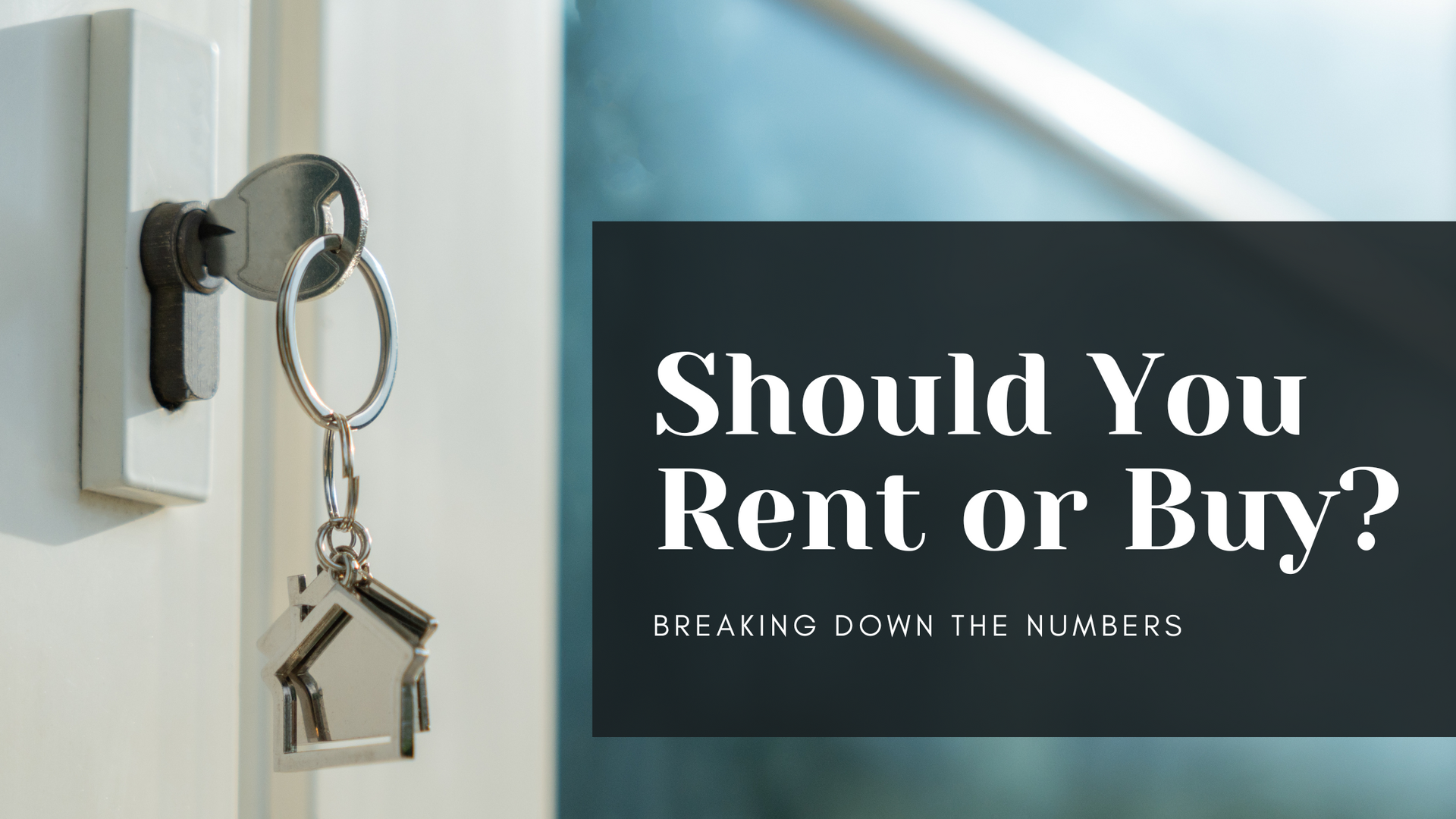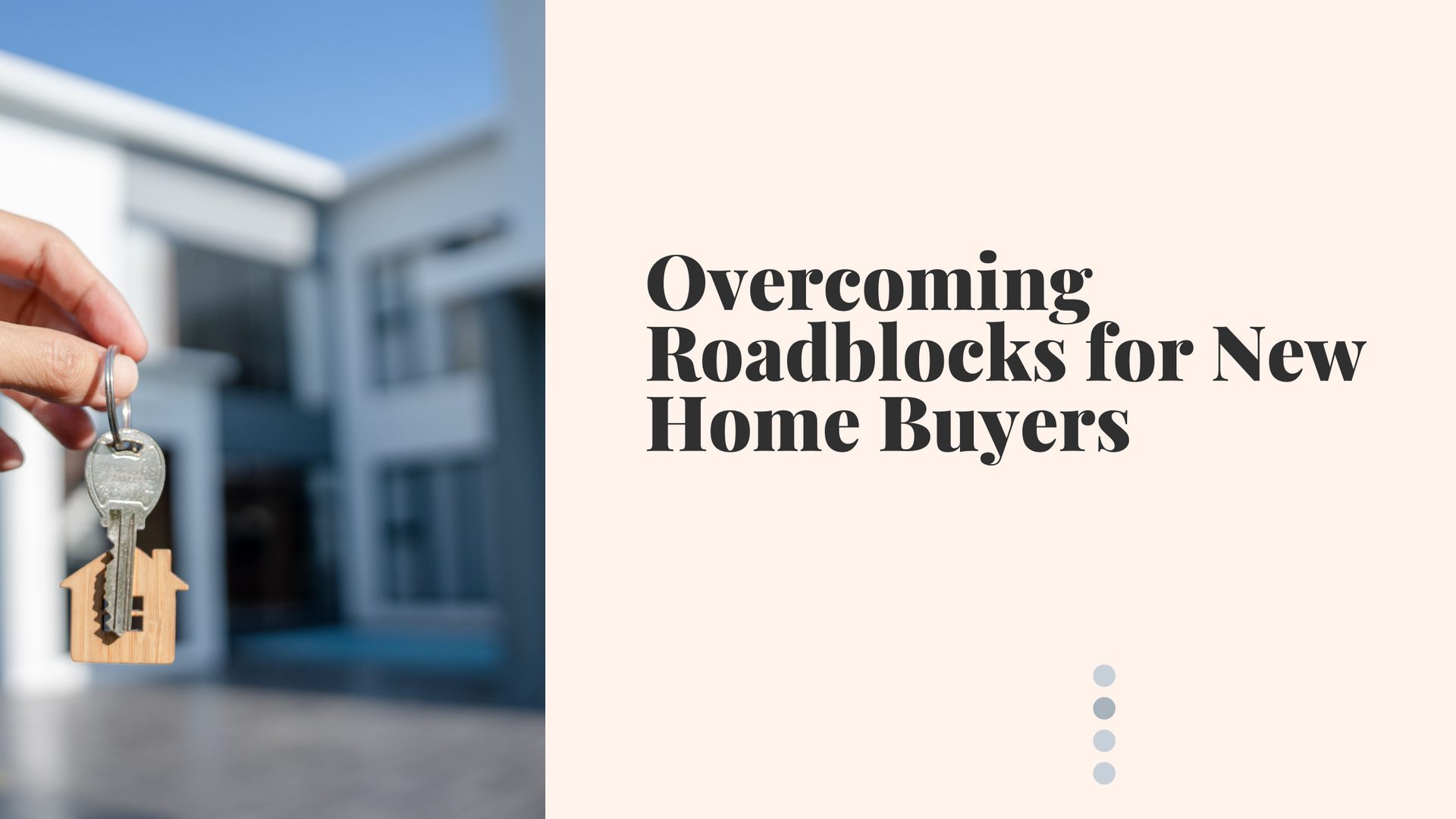Buying a home is one of life’s most significant milestones. While most buyers focus on the listed price, closing the deal often comes with unexpected expenses that can catch even the savviest buyers off guard. Understanding these hidden costs can help you prepare financially and avoid unpleasant surprises. In this post, we’ll explore the less obvious expenses of homeownership, from upfront fees to ongoing costs, so you can make a well-informed decision.
The True Cost of Buying a Home
When you’re budgeting for a new home, the listing price is just the beginning. There are several additional costs that can catch buyers off guard and take a bite out of their savings. Understanding these hidden expenses can help you plan better and avoid surprises.
1. Closing Costs
Closing costs are the various fees you’ll pay when finalizing your home purchase. These typically range from 2% to 5% of the home's purchase price and cover important services needed to complete the transaction. Here are some of the most common closing costs:
- Loan Origination: These are lender fees for processing your mortgage. They may include origination fees, discount points (to lower your interest rate), processing and underwriting fees, tax-related service fees, and sometimes mortgage broker compensation if paid upfront.
- Appraisal Fees: A fee paid to a licensed appraiser to determine the market value of the home.
- Title Insurance: Protects both you and the lender from potential ownership disputes or legal claims on the property.
- Escrow Fees: Covers the cost of a neutral third party managing the closing process and holding funds until the sale is complete. In many cases, the title insurance provider handles this service, ensuring all documents are properly executed and funds are distributed correctly.
Tip: Ask your lender for a detailed breakdown of your estimated closing costs early in the process to avoid surprises at the closing table. When comparing lenders, focus on the Loan Origination section, as this is where you'll see differences in lender fees. Other costs—such as appraisal, title, and escrow—are typically similar across lenders.
2. Home Inspection and Survey Fees
Before closing, a home inspection is essential to identify any structural or mechanical issues. Additionally, a property survey might be needed to verify boundaries and identify potential disputes.
- Inspection Costs: Typically range from $300 to $500.
- Survey Fees: May cost $400 to $700, depending on the property size and location.
Tip: While these expenses might seem optional, skipping them can lead to costly repairs or legal disputes down the road.
3. Moving Expenses
Moving to a new home involves more than renting a truck. The costs can include:
- Hiring professional movers.
- Packing supplies like boxes, tape, and protective materials.
- Temporary storage solutions if your move is staggered.
Tip: Plan your move during the off-season (fall or winter) to secure better rates from moving companies.
4. Property Taxes
Property taxes are ongoing expenses that vary based on your home’s assessed value and local tax rates. While lenders often include taxes in your monthly mortgage payments, it’s essential to budget for potential increases over time.
Tip: Research the property’s tax history and check if the area has upcoming assessments or tax hikes.
5. Homeowners Insurance
Homeowners insurance is a must to protect your investment from unforeseen events like fires, storms, or theft. Premiums depend on factors like location, property value, and coverage levels. Additionally, if you’re in a flood or earthquake-prone area, you may need supplemental policies, which can be costly.
Tip: Shop around for insurance quotes and consider bundling policies to save money.
6. Private Mortgage Insurance (PMI)
If your down payment is less than 20%, your lender may require **Private Mortgage Insurance (PMI)**. PMI helps make homeownership more accessible by allowing buyers to purchase a home with a smaller down payment. It’s a monthly fee added to your mortgage payment and typically stays in place until you’ve built enough equity—usually around 20% of the home’s value.
Tip: While putting 20% down can eliminate the need for PMI, many buyers choose to move forward with a lower down payment to get into a home sooner. Be sure to ask your lender about options for removing PMI once you reach the required equity threshold.
7. HOA Fees and Community Costs
Homes in planned communities, townhomes or condominiums, often come with homeowners’ association (HOA) fees. These fees cover shared amenities, landscaping, maintenance, and in the case of condominium and townhomes, exterior insurance may be covered as well. The HOA fee can range from as minimal as $25 to several hundred dollars monthly.
Tip: Review HOA rules and fees carefully before purchasing to ensure they align with your budget and lifestyle.
8. Utility Setup and Maintenance Costs
Once you move in, you’ll need to budget for setting up utilities such as electricity, water, internet, and gas. Additionally, ongoing maintenance costs like landscaping, HVAC servicing, and minor repairs can add up.
Tip: Keep an emergency fund specifically for home maintenance to handle unexpected issues.
9. Furnishing and Upgrades
New homes often require new furniture or upgrades to meet your preferences. Whether it’s purchasing appliances, painting walls, or choosing upgrades, these costs can climb quickly.
Tip: Prioritize essential purchases and spread out upgrades over time to manage expenses.
10. Unexpected Repairs
Even with a thorough inspection, unforeseen repairs can arise. A leaking roof, faulty plumbing, or electrical issues are common problems that homeowners face.
Tip: Consider purchasing a home warranty, which can cover major repairs and replacements for a set period.
Preparing for the Hidden Costs
The key to managing the hidden costs of homeownership is preparation. Here are some actionable steps to help you navigate the process:
- Create a Detailed Budget: Account for all potential costs, including down payment, closing costs, and ongoing expenses.
- Do Your Research: Understand the property’s history, neighborhood trends, and associated fees.
- Consult Professionals: Work with a trusted mortgage broker and financial advisor to ensure no detail is overlooked.
- Build an Emergency Fund: Consider setting aside 1% to 3% of your home’s value for maintenance and repairs.
Final Thoughts
Buying a home is a rewarding but complex process, and being aware of the hidden costs can save you from financial stress. By planning ahead and budgeting for these expenses, you’ll be better equipped to enjoy your new home without surprises.
What hidden costs surprised you the most? Share your experiences in the comments below or explore our other articles on homeownership tips and financial planning to learn more!


